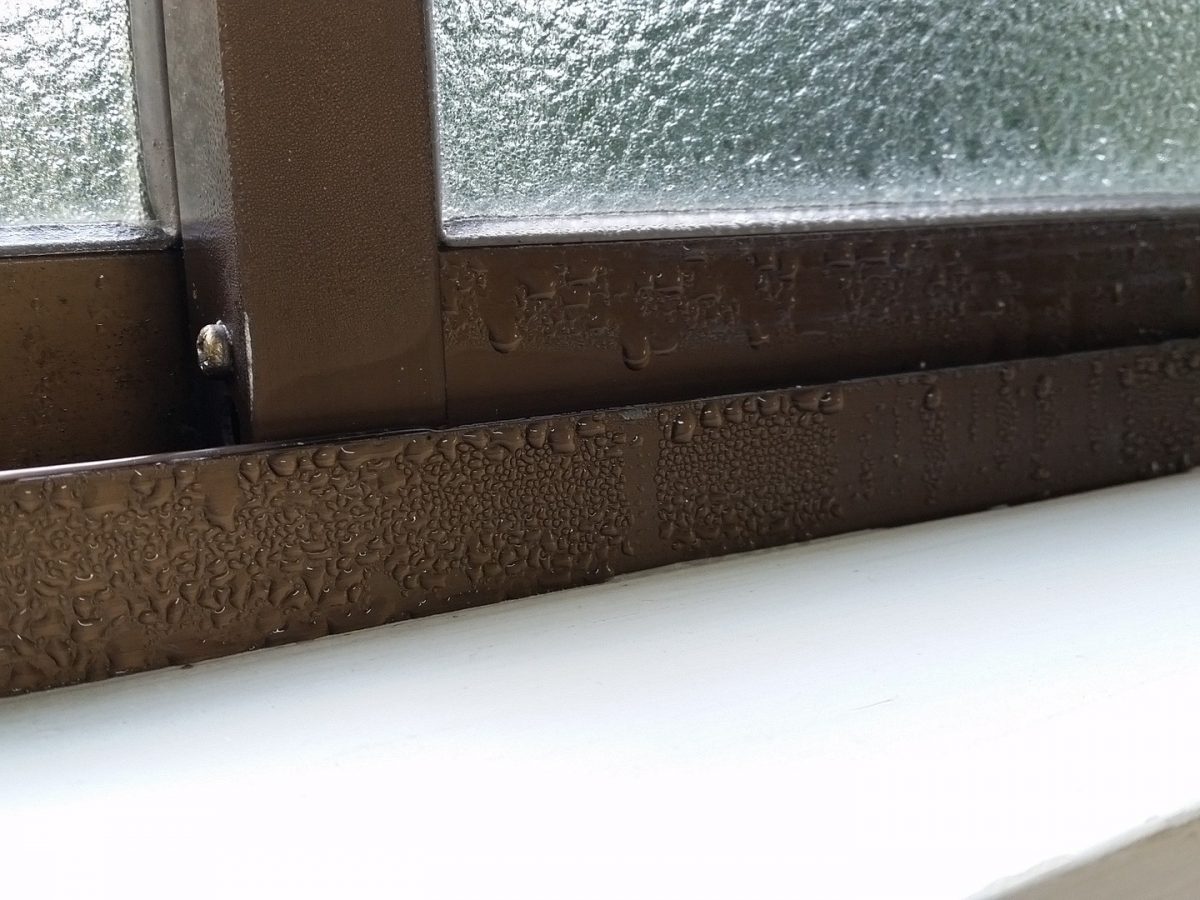How Winter Weather Affects Windows

Look outside your window – can you see the sun shining? Though it may still be cold outside currently, the beginning of March means we are just a few weeks away from more sunlight and warmer weather. The chilly, dormant, months will soon be behind us which means now is the time to start cleaning up after it. With the atmosphere warming up, the structural integrity of certain building materials takes a toll. One place in your home that suffers heavily due to the change in weather is wooden window frames. The cold shrinks the wood, and humidity warps it, causing cracks, chips, and can even leave behind mold and mildew. Fixing a window can also expose potential hazards such as asbestos or lead paint. Below, we’ll outline some of the window pains to look out for.
The Issues
Condensation on windows can actually be a sign that they form an airtight seal, reduce air leakage, and are energy-efficient enough to protect your home from heat loss. In winter, condensation can form on the interior of your windows because it’s cold and dry outside but warm and humid inside. In the summer, it’s the opposite. Over time, condensation that has pooled on the window sills can lead to mold growth. If you notice moisture between the panes, that means the window’s performance has been compromised and will need to be professionally replaced.
When water stands on the sills for too long, it can eventually penetrate the paint film – and that pressure underneath the film can cause peeling. If the paint begins to peel or chip, you may have another issue on your hands; lead paint. Original windows on houses built before 1978 have a higher risk concerning this issue.
Similarly, asbestos was commonly added to caulking compounds and putties as filler because of its high strength and fire resistance characteristics. Therefore, be on the lookout for intumescent window putty as well as brown and/or dark grey caulk. Any brittle material from these types of putty and caulk has a higher chance of releasing asbestos into the air.
The Solutions
If you want to reduce the amount of condensation on the inside of your windows, there are a couple of steps you can take. One of the easiest ways to let out trapped heat in between your window panes is by opening up the blinds and shades to let in more light. However, in order to prevent mold growth, you must cut back on the humidity in the air. Opening a window, running an exhaust fan, or turning on a ceiling fan in a clockwise rotation are all excellent ways to move air around and prevent humidity from getting too thick.
When a window is weatherized improperly, moisture-filled air leaks out and freezes once it touches the cold temperatures outside. This makes your windows difficult to open, meaning they may need more suitable weatherstripping. The weatherstripping you choose should seal well when the window is closed but should not interfere with the window’s operation. Before installing anything, you should do research to determine which type is best for your situation and home.
It is crucial to treat wood with protective paint or coating, but if your windows are already peeling and you know your home was constructed before the 1980s, you’ll want to hire a certified professional like AAA Lead Inspections to investigate the scene and report back.
Don’t panic; just call. You can have your home tested by a certified professional. If you live in Michigan, call on AAA. Get in touch today.